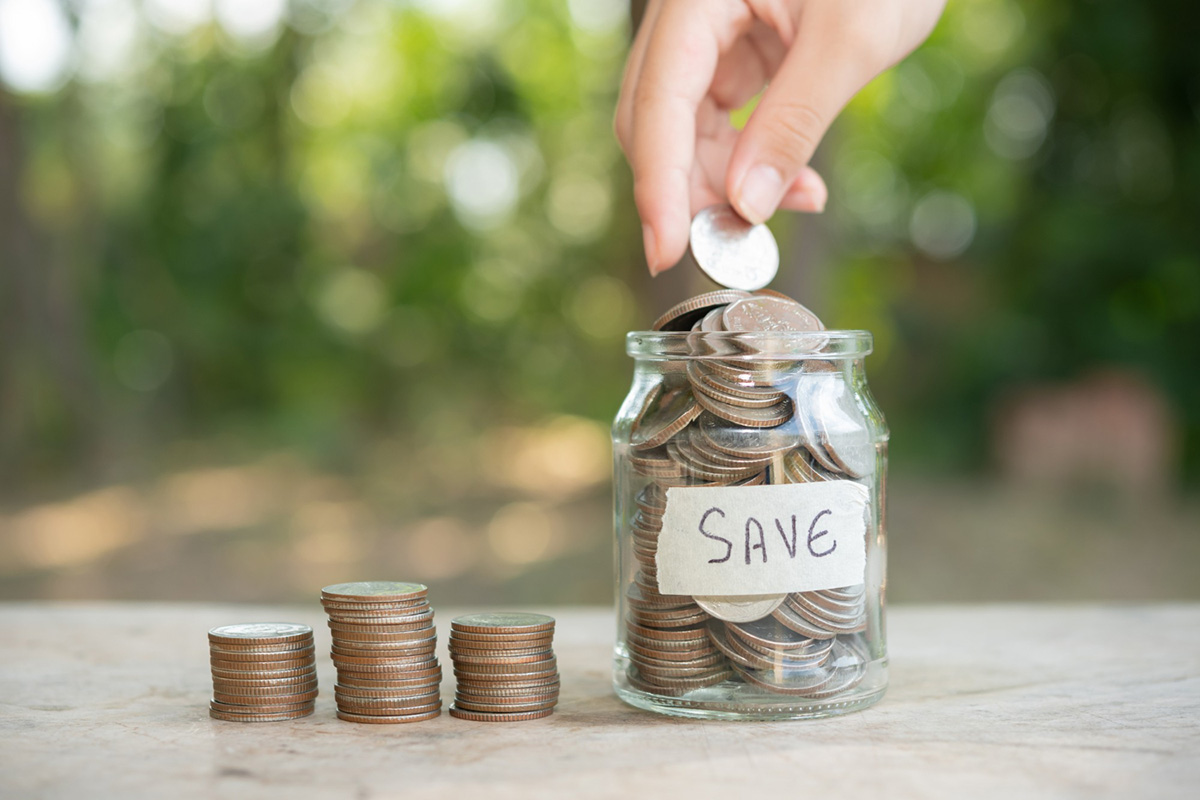
Preparing for emergencies can be difficult, especially in times of financial instability. That's why building an emergency fund is important. An emergency fund can help you prepare for unforeseeable circumstances such as a medical emergency, job loss, or natural disasters. However, not everyone knows how to build an emergency fund. It takes discipline, careful planning, and smart financial decisions. In this blog post, we will provide you with tips and tricks on how to build an emergency fund.
Before you start building an emergency fund, determine how much money you need to save. Financial experts advise having at least three to six months of your living expenses in your emergency fund. However, some experts suggest having a higher target, especially if you have dependents or live in an area prone to natural disasters.
Determine your target amount by making a list of your monthly expenses and multiplying it by the number of months you want to save for. For example, if your monthly expenses are $2,500 and you want to save for six months, your target amount would be $15,000.
To build an emergency fund, you need to make some lifestyle adjustments. The first step is to prioritize your expenses. You must identify what you can live without and cut back on those expenses. It's a good idea to start with some of the discretionary spending such as subscriptions or memberships.
Creating a budget is one of the most effective ways to build an emergency fund. It gives you a clear understanding of how much money you have coming in and how much you are spending. Develop a budget that covers all your expenses, including mortgage, rent, utilities, groceries, and leisure activities, such as dining out. Make sure to track your spending and adjust your budget accordingly.
One of the best ways to build an emergency fund is to automatically transfer money to it. You can set up a recurring transfer from your checking account to your savings account. Choose an amount that you can afford to set aside each month without straining your budget. Consider setting up an automatic transfer that coincides with your payday.
Building an emergency fund can take time, especially if you have a low-income or a high target. Consider additional sources of income such as a part-time job, freelance work or selling items you no longer need. The extra income can help you achieve your emergency fund target more quickly.
Building an emergency fund is one of the most important financial decisions that you can make. It provides a sense of security and peace of mind during uncertain times. Determining your target, prioritizing expenses, creating a budget, automating transfers and finding additional sources of income are crucial steps in building an emergency fund. Remember that building an emergency fund takes discipline and careful planning. However, the effort is worth it in the end. If you are looking for apartments in Yulee, FL, contact The Lofts at Wildlight today to schedule a personal tour.